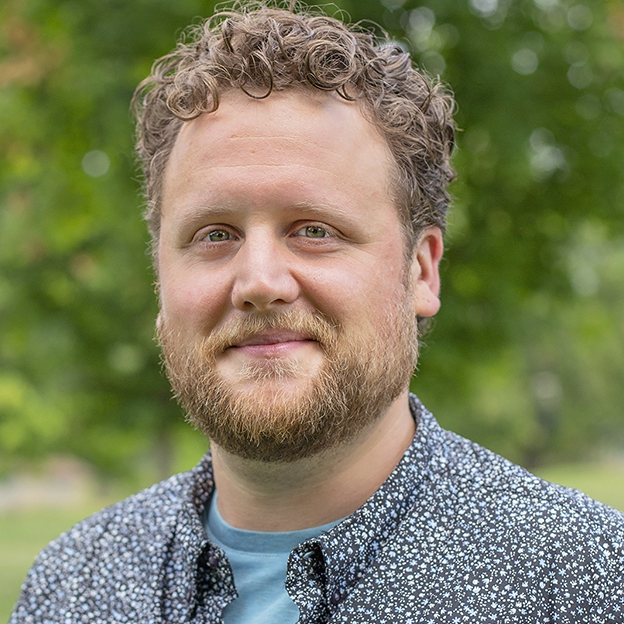Download print version
The imagery that is typically associated with heritage sites is not glamorous. The term typically conjures thoughts of a dusty, worn place by the side of a country road, whose legacy can only be fully appreciated by those with considerable historical knowledge.
The narrative around heritage sites, however, is changing. Reinvigorating heritage sites is becoming a popular way for communities to enhance quality of place.
At the IU Center for Rural Engagement, we have seen an increase in community interest in heritage sites both as an outgrowth of our arts and cultural programming, and through a statewide project to link together sites around heritage trail themes.
There are good reasons for making heritage sites a bigger part of a quality of place strategy. Heritage sites not only provide a connection to our history, but can also play a significant role in building community identity and pride. They create a shared narrative that enhances the connection we have with other community members.



